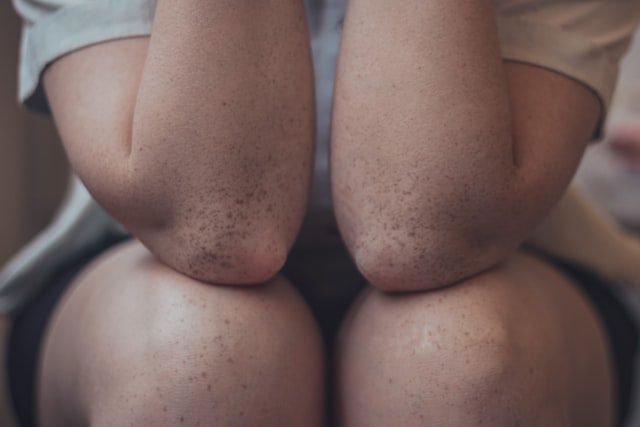Overview Of Kneecap Dislocation
Patellar dislocation or instability is synonymous with kneecap dislocation. This condition occurs when the triangle-shaped bone covering the knee (patella) moves or slides out of place. The dislocation often occurs toward the outside of the leg.
Commonly Associated With
Dislocation – kneecap; Patellar dislocation or instability
Causes Of Kneecap Dislocation
Kneecap (patella) often occurs after a sudden change in direction when your leg is planted. This puts your kneecap under stress. This can occur when playing certain sports, such as basketball.
Dislocation may also occur as a result of direct trauma. When the kneecap is dislocated, it can slip sideways to the outside of the knee.
Symptoms Of Kneecap Dislocation
Symptoms of kneecap dislocation include:
- The knee appears to be deformed
- The knee is bent and cannot be straightened out
- Kneecap (patella) dislocates to the outside of the knee
- Knee pain and tenderness
- Knee swelling
- “Sloppy” kneecap — you can move the kneecap too much from right to left (hypermobile patella)
- The first few times this occurs, you will feel pain and be unable to walk. If you continue to have dislocations, your knee may not hurt as much and you may not be as disabled. This is not a reason to avoid treatment. Kneecap dislocation damages your knee joint. It can lead to cartilage injuries and increase the risk of developing osteoarthritis at a younger age.
Treatment Of Kneecap Dislocation
If you can, straighten out your knee. If it is stuck and painful to move, stabilize (splint) the knee and get medical attention.
Your health care provider will examine your knee. This may confirm that the kneecap is dislocated.
Your provider may order a knee x-ray or an MRI. These tests can show if the kneecap dislocation is caused by a broken bone or cartilage damage. If tests show that you have no damage, your knee will be placed into an immobilizer or cast to prevent you from moving it. You will need to wear this for about 3 weeks.
Once you are no longer in a cast, physical therapy can help build back your muscle strength and improve the knee’s range of motion.
If there is damage to the bone and cartilage, or if the kneecap continues to be unstable, you may need surgery to stabilize the kneecap. This may be done using arthroscopic or open surgery.
Prevention
Use proper techniques when exercising or playing sports. Keep your knees strong and flexible.
Some cases of kneecap dislocation may not be preventable, especially if physical factors make you more likely to dislocate your knee.



